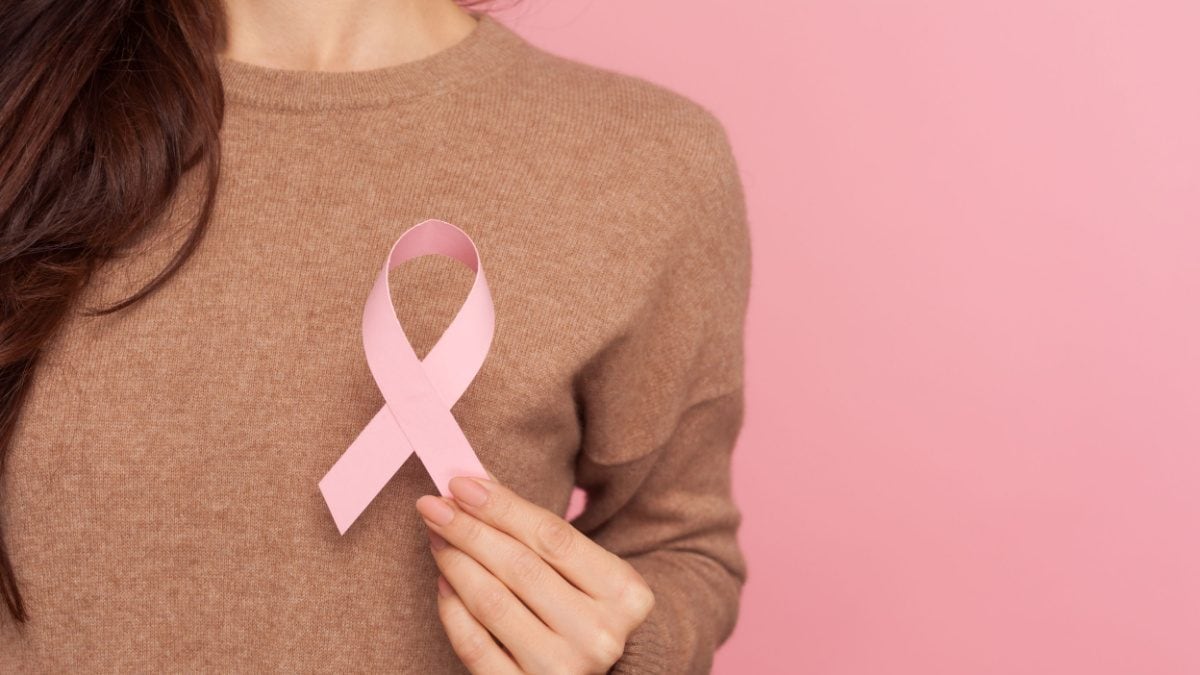

Breast cancer is always treatable and is curable in most cases.
Dr Neeti Krishna Raizada, Senior Director, Medical Oncology and Hemato-Oncologist, Fortis Hospital, Bangalore shares everything you need to know about breast cancer
Breast cancer may present with a variety of signs and symptoms beyond a noticeable lump. These include breast pain, nipple changes, dimpling or dimpling of the skin, nipple discharge, redness or swelling, changes in breast size or shape, and persistent breast or nipple itching.
bheavy discharge from the nipple
Rnipple stretch, flaking of the skin around the nipple
IRithema ie, redness of the skin of the breast, a rash that looks red or purple or blue
ARM pit/underarm swelling due to affected lymph nodes
SChanges in the texture of the kin like thickening, Dskin bulge (like an orange peel)
Teatenderness/painful breast or nipple area
changes in breast size and shape
Rule of thumb to follow:
between:
Age 20 – 30 years: Breast self-examination/awareness
Age 31 – 40 years: Clinical examination by an oncologist every 6 months
Age 41 – 55 Years: Annual Mammogram
Over 55: Mammogram once every two years
Memorization:
- Many conditions can cause breast lumps and the most common of these are fibrocystic changes or breast cysts. These occur mostly in young women and can cause lumps, pain, etc. and are not cancer.
- High risk categories include men/women with genetic mutations like BRCA, PTEN, TP53 etc. In some families many members are suffering from cancer. Individuals with a strong family history should see an oncologist/geneticist to get themselves evaluated. Wherever necessary, after discussing the advantages and disadvantages, a blood test is advised to confirm whether there is a genetic link.
- Personal history of radiation in the past for Hodgkin’s disease and certain conditions such as atypical hyperplasia or lobular carcinoma in situ increase the risk. Regular check-ups are recommended in such individuals.
- Most women feel a lump in their breast. It can also change during periods, when babies are born or there is a change in weight or with age, and this is not a worrisome sign.
- Breast cancer is developing in young women (between 35-50 years) in India. The exact reason remains unclear. However, some researchers are also exploring a connection between IVF and hormone replacement therapy. Hence, it is important that you stay aware of yourself and get yourself checked regularly.
- 1% of breast cancers are reported in men and hence it is not exclusively a female centric disease.
- Breast cancer is always treatable and is curable in most cases. Please don’t waste time exploring unconventional treatment options and lose the benefits of early diagnosis and early treatment when cancer is curable.
- New diagnostic modalities include liquid biopsy, molecular imaging and imaging biomarkers which make treatment more focused and beneficial.
- Some gene testing tests (like Oncotype DX, Mamaprint), guide us whether we can give only hormonal therapy and not chemotherapy.
- We are moving towards an era of organ-conservation and therefore mastectomy is rarely performed when there are locally advanced cancers. In most cases, we recommend breast conservation which has a positive psychological effect on women who have a long healthy life after treatment.
- New drugs and new targets is another promising area in breast cancer with antibody-drug conjugates and immunotherapy playing a very important role. These new munitions work very well even in some very advanced cancers.
- Breast cancer survivorship and people living with cancer, meaning those who have been treated in the past and are doing well, is one of the most reassuring aspects of an oncology practice, when one meets happy families who have successfully dealt with cancer. And well done!